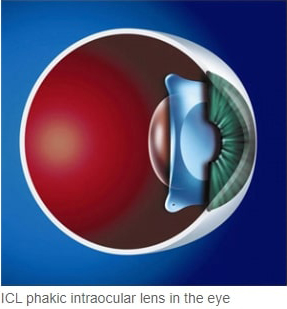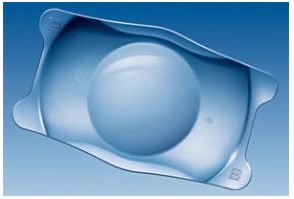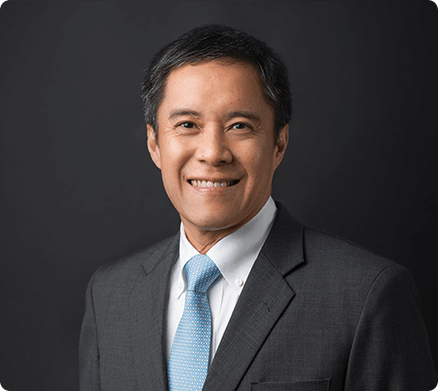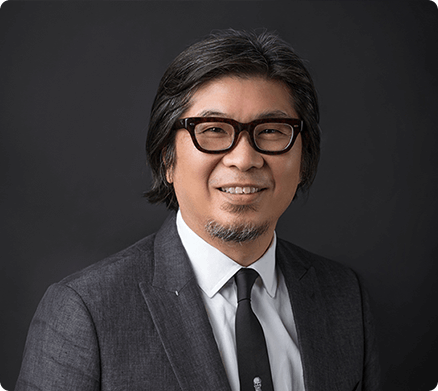At Eye and Retina Surgeons, we offer a comprehensive refractive surgery practice to deal with the whole gamut of refractive errors. These are:
- Myopia or short-sightedness; by far the commonest refractive error seen in Singapore
- Astigmatism; the second most common refractive error seen here
- Presbyopia; the progressive difficulty in reading in those above 40 years old
- Hyperopia or long-sightedness; uncommon in the Singapore population
Laser Vision Correction

LASIK (laser in-situ keratomileusis)
LASIK has been used to correct refractive errors for more than 20 years. It has stood the test of time in terms of its efficacy, predictability, stability and safety and is considered the standard to which all other vision correction surgeries are compared with. LASIK is a bladeless laser procedure in which a flap of the cornea is first created with a femtosecond laser, then an excimer laser is used to reshape the cornea beneath the corneal flap after which the flap is replaced without the need for sutures. This laser reshaping of the cornea is what enables the eye to see without spectacles or contact lenses after LASIK eye surgery. It is like sculpting the power of a spectacle lens or contact lens permanently onto the eye.
Before a patient even gets to the operating room though, much important work needs to be done as part of the pre-operative assessment. Only in this way can we assess if a patient’s eye is suitable for LASIK vision correction and advise the patient on the best course of action in order to obtain an optimal outcome in the safest possible way.
Patients will undergo a thorough consultation and examination by the surgeon. In addition, an accurate refraction to determine your refractive error is carried out by our qualified optometrist before and after dilation of the pupils. Another important investigation done is computerised scanning tomography of the cornea. Corneal tomography shows the shape and thickness of the cornea so that an optimal treatment plan can be formulated by our surgeons. A careful examination through the dilated pupil is made to exclude cataract and other retinal problems like retinal holes or detachments. Myopic individuals have a higher risk of developing retinal holes or retinal detachments and it is an essential pre-LASIK examination. We have seen many patients over the years who have had these problems picked up during a thorough pre-LASIK assessment. These retinal problems need to be repaired before LASIK eye surgery is considered.
SMILE (small incision lenticule extraction)
SMILE uses the femtosecond laser to correct refractive errors without the need to create a corneal flap. This flapless laser procedure has potential advantages over LASIK eye surgery in that it reduces the risk of corneal flap related complications and may induce less dry eyes in the early post-operative period. On the other hand, SMILE also has potential disadvantages compared to LASIK. The choice as to which procedure is most appropriate for each patient can be best determined after a consultation and thorough evaluation by the surgeon.
The LASIK or SMILE procedure is done as an outpatient surgery under topical (eyedrop) anaesthesia. It is a quick and painless procedure that takes less than 10 minutes per eye. We recommend doing both eyes consecutively on the same day. We find that in doing so, patients adapt better during the recovery period as the eyes are balanced. It is also possible to operate on each eye on separate days if the patient so desires.
After the procedure, a patient can go home after half an hour or so. The vision will still be blurry at this time. When the anaesthetic wears off an hour or two later, the eyes may feel slightly uncomfortable, scratchy, itchy and may be tearing. This is a normal post-operative response and eye drops are given to relieve these symptoms. In most cases, by the time evening comes around, most patients will find that the discomfort has settled down and their vision beginning to clear up.
Implantable Contact Lens (ICL)










